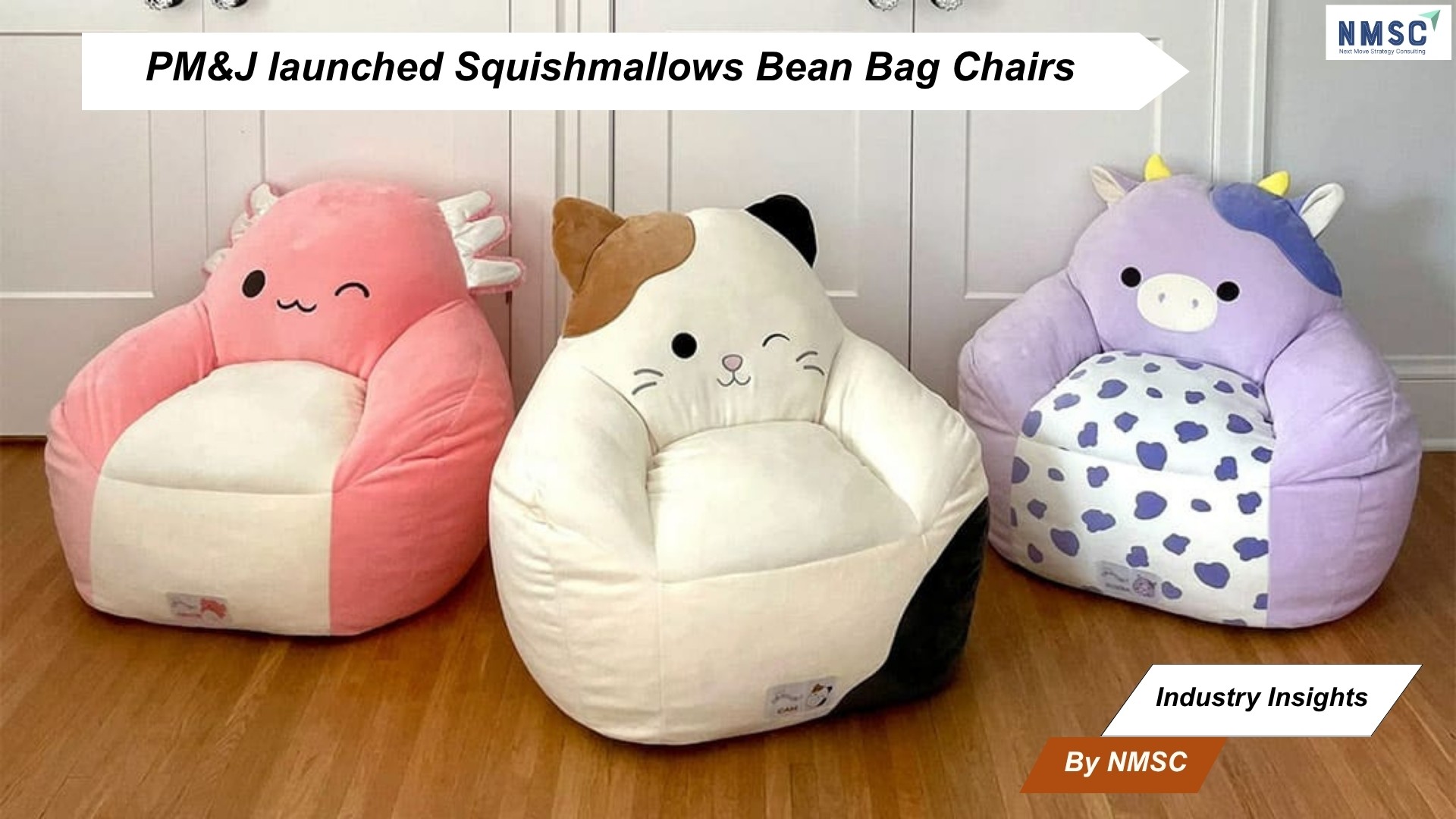Antimicrobial Furniture Market is expected to Reach USD 6.94 billion by 2030
Published: 2025-01-27
The growing Healthcare-Associated Infections (HAIs) and stringent regulatory compliance are driving the growth of the antimicrobial furniture industry.
According to a new research report by Next Move Strategy Consulting, the global Antimicrobial Furniture Market was valued at USD 4.07 billion in 2023, and is expected to reach USD 6.94 billion by 2030, with a CAGR of 7.9% during the forecast period, 2024–2030.
The expansion of the antimicrobial furniture market globally is significantly driven by the prevalence of healthcare-associated infections (HAIs) and the critical emphasis on infection control measures.
With HAIs posing substantial threats to patient safety and healthcare outcomes, there is an increasing demand for effective infection prevention solutions within healthcare facilities worldwide.
Antimicrobial furniture plays a crucial role in minimizing cross-contamination and microbial transmission, thus contributing to safer and more hygienic healthcare environments.
As healthcare providers prioritize infection control protocols, the demand for antimicrobial furniture solutions continues to rise on a global scale.
Additionally, stringent regulatory requirements and industry standards pertaining to hygiene and infection control serve as key drivers for market growth. Across various sectors such as healthcare, foodservice, and hospitality, strict regulations ensure the maintenance of clean and sanitary environments.
Antimicrobial furniture plays a vital role in meeting these regulatory requirements by offering enhanced protection against microbial contamination. Organizations are increasingly investing in antimicrobial furniture solutions to adhere to regulatory mandates, mitigate infection risks, and safeguard the health and well-being of occupants.
This emphasis on regulatory compliance fuels the demand for antimicrobial furniture on a global scale. Moreover, the heightened focus on workplace wellness, particularly in light of the COVID-19 pandemic, presents an opportunity for market expansion.
Businesses prioritize measures to create safer work environments, and antimicrobial furniture, by preventing the growth of harmful microbes, plays a crucial role in promoting hygiene and safeguarding employee well-being.
By investing in antimicrobial furniture, businesses demonstrate their commitment to maintaining clean and healthy workplace environments, thereby fostering productivity and employee satisfaction.
However, cost considerations pose a restraint to market growth. The initial investment required for antimicrobial furniture products tends to be higher compared to traditional options.
Affordability concerns may deter price-sensitive consumers and businesses from adopting antimicrobial furniture solutions, particularly in budget-constrained environments. As a result, addressing affordability issues becomes crucial for widespread adoption and market expansion of antimicrobial furniture.
On the contrary, ongoing advancements in antimicrobial technology, notably through nanotechnology, offer future prospects for market growth. Manufacturers can leverage nanotechnology to develop innovative antimicrobial coatings and treatments that exhibit superior performance in inhibiting microbial growth while maintaining the integrity and aesthetics of furniture surfaces.
These advancements enhance the efficacy, durability, and safety of antimicrobial furniture, addressing key consumer concerns and driving market expansion.
Request for a Sample PDF on the Antimicrobial Furniture Market
According to the report, leading players operating in the antimicrobial furniture market include Ashley Furniture Industries, Godrej & Boyce Mfg, Herman Miller, Inc, HNI Corporation, Hille Furniture, The Home Depot, Inc, Inter IKEA Group, Action TESA, Kohler Co., La-Z-Boy Inc, and others. These market players are adopting market strategies across various regions to maintain their dominance in the antimicrobial furniture market.
In April 2022, IKEA revealed its commitment to invest around USD 2.2 billion in its omnichannel growth strategy within the U.S. over the following three years. This significant financial commitment reflects the escalating demand for furniture solutions, including antimicrobial options, in the U.S. As part of this strategic endeavor, IKEA intends to establish new stores and locations, thus extending its presence and accessibility to consumers nationwide.
Furthermore, in February 2021, Hille Furniture introduced SteriTouch, a brand of additive integrated into the production of its antimicrobial furniture. This innovative product finds application across various sectors, including the public domain, education, and healthcare, thereby enriching the company’s product portfolio.
Key Insights from the Antimicrobial furniture Market Report:
-
The information related to key drivers, restraints, and opportunities and their impact on the antimicrobial furniture market is provided in the report.
-
The value chain analysis in the market study provides a clear picture of the role of each stakeholder.
-
The market share of the players in the global antimicrobial furniture market along with their competitive analysis are provided in the report.















Add Comment